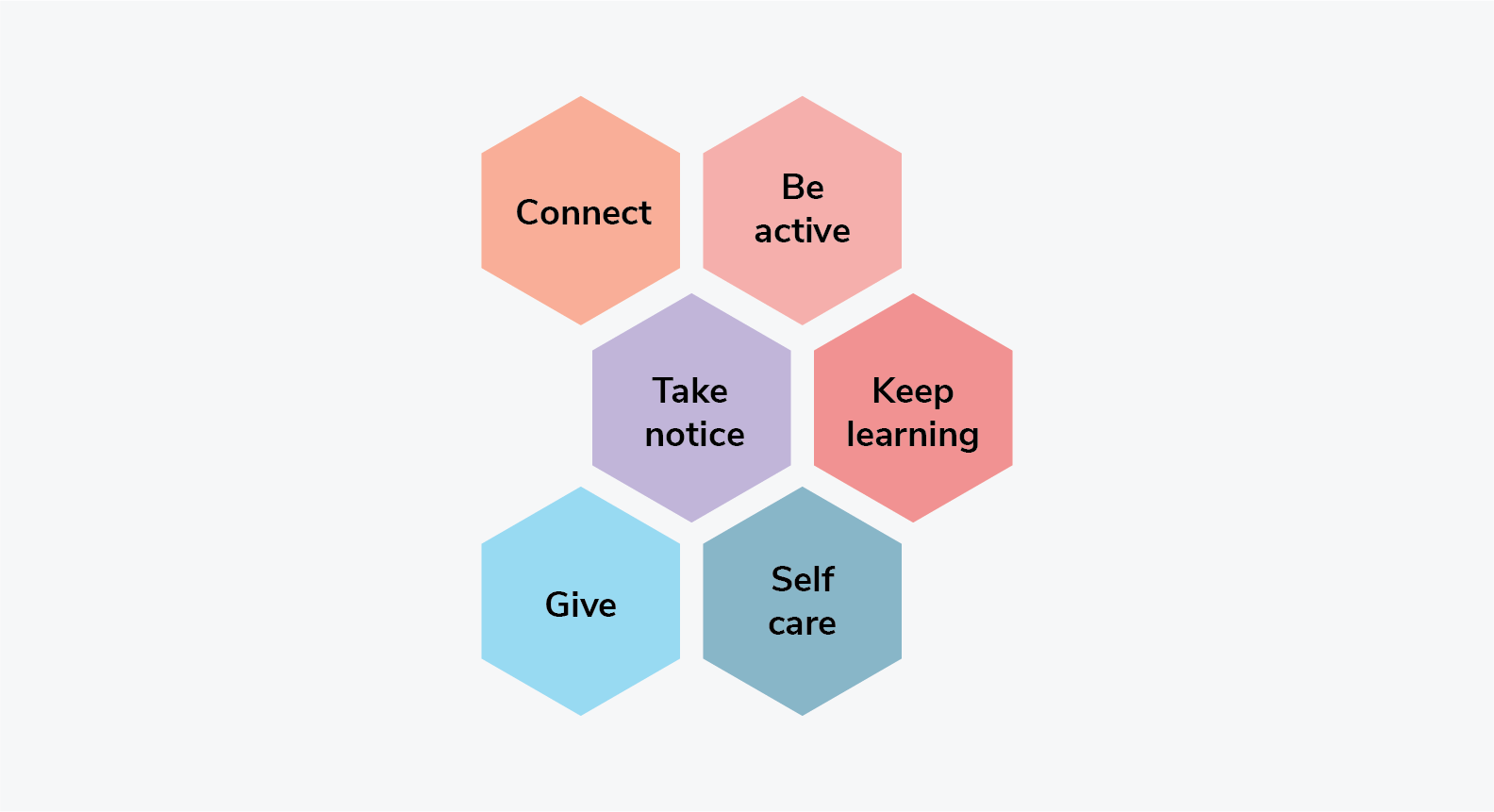Six ways toward well-being for teachers (and everyone else)
“The following is a framework to fill with whatever works for you and your school community. Give it a go, start with one small thing tomorrow — or now — and tell a friend.”
Do we really need another blog with a focus on well-being? Surely we have read enough tips to know what to do to keep ourselves feeling good and functioning well.
Education Support have just released their Teacher Well-being Index 2022. Sadly, the results don’t make for easy reading.
So yes, we do need another blog on well-being, but one that encompasses both individual and organisational approaches.
I hope this blog will prompt Senior Leadership Teams to further develop their well-being policies and encourage teaching staff to do one or two things differently, and then tell a colleague, and so on. These are small steps, but such important ones.
The following is a framework to fill with whatever works for you and your school community. Give it a go; start with one small thing tomorrow — or now — and tell a friend.
The well-being framework
The New Economics Foundation examined a long list of behaviour patterns that enhance well-being and distilled those into five key actions; Dr Geetanjali Basarkod updated this in 2019 with a sixth action.

The six key actions to enhance well-being.
Bringing the steps to life
Connect means to focus on social relationships and the vital importance of feeling close to and thought about by others. The connections you make are varied and limitless and can take the form of a family meet up, a phone call with a friend or a random act of kindness for a stranger.
Being active brings the physical element of well-being to life and easily goes alongside connection. You can run, dance or swim with friends, join a group of strangers for a park run or play a sport as part of a team. On a more individual level, you can engage in many solo sports, yoga comes to mind and segues us nicely to the next area, taking notice.
Take notice means to give yourself time to just be — rather than do. For many, this may be the hardest step but there are many ways to take notice. Try sitting and really listening to music you enjoy, listen to what you can hear when you go on a walk, watch the clouds or take the time to enjoy eating your lunch rather than eating it on the run! This step also involves checking in with yourself, taking notice of how you’re feeling.
Keep learning could also mean stay curious and have an interest in finding out new things. It implies growth and creativity and the excitement of discovery. According to Growth Mindset principles, the learning doesn’t need to be about ‘bettering yourself’ but can be done purely for the joy of the activity. You may never lift the glitterball, but you can still enjoy dancing.
Giving to others has a powerful impact on our well-being. This doesn’t need to be a grand gesture — giving time and attention is as meaningful as giving in a concrete sense. You can volunteer (and connect with others) or do a charity run (and be active).
Self-care is influenced by all the above, but as a standalone step this refers to giving yourself the time and permission to take care of yourself, whether it’s maintaining a healthy diet or going to bed on time.
Transform Your Maths Assessment
Insights — our online assessment tool — gives you instant, powerful data to identify gaps and improve results.

How to make sure the actions have a positive impact
There are a range of ways in which each action can be activated in your life or school community. There are combinations and crossovers that will be unique to you. However, the factors listed below will ensure the steps you do take have a positive impact.
Autonomy
You need to feel you’re doing these things because you chose to — not because a blog told you it would make you feel better!
Value-guided
When what you’re doing resonates with your values and what’s important to you, then you’ll engage wholeheartedly and with ease.
Joy
There needs to be a spark of joy in what you do.
All of these factors will ensure you will keep on with the steps and commit to them wholeheartedly, which is part of the power of this well-being framework.
I hope this has generated some ideas for things you can do to enhance well-being. The actions listed here can all be done on an individual and organisational level and are relevant to all ages. The stresses and challenges of everyday life are not going to go away, but we can find ways to prevent them from becoming too overwhelming.
References
- Teacher Well-being Index 2022; Education Support (Savil-Smith & Scanlan, 2022)
- Five ways to well-being; The New Economics Foundation (Aked, et al, 2008)
- Six ways to well-being; (Basarkod, 2019)
